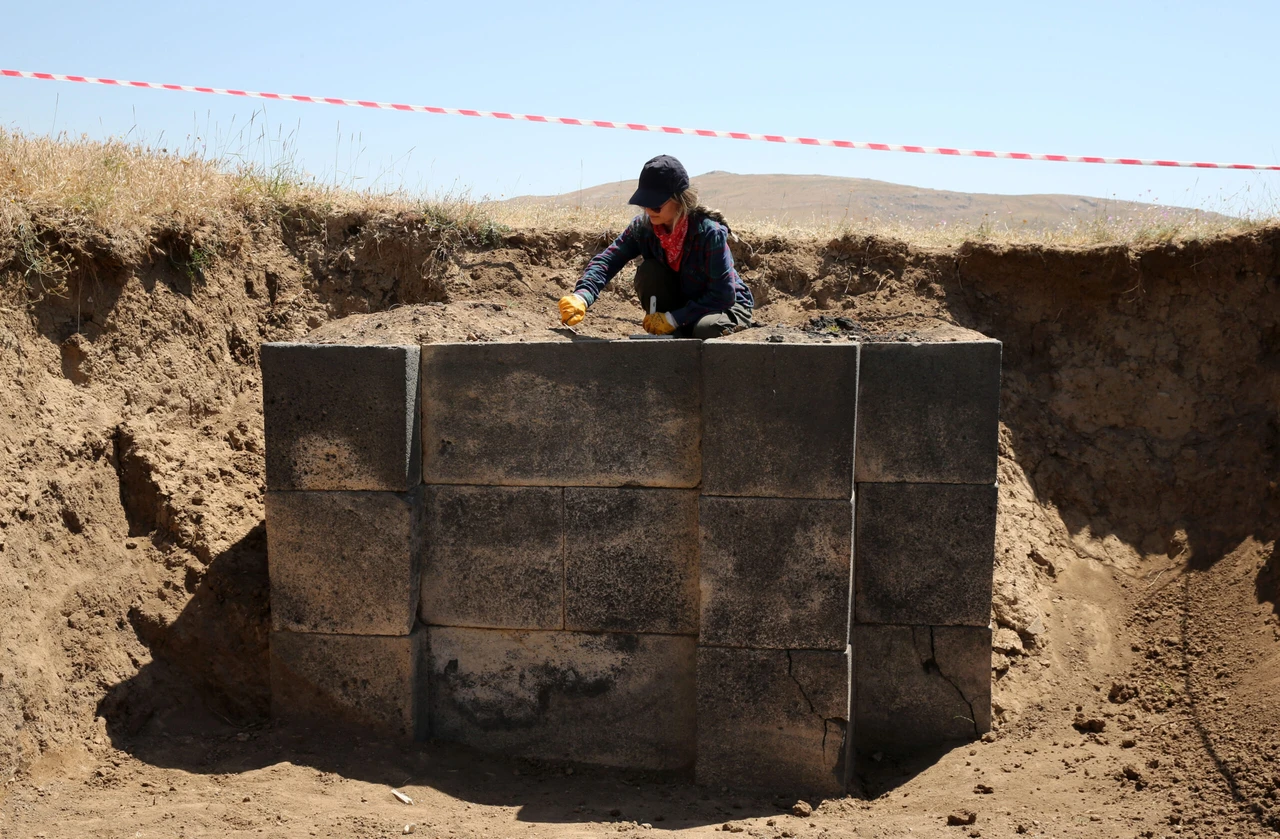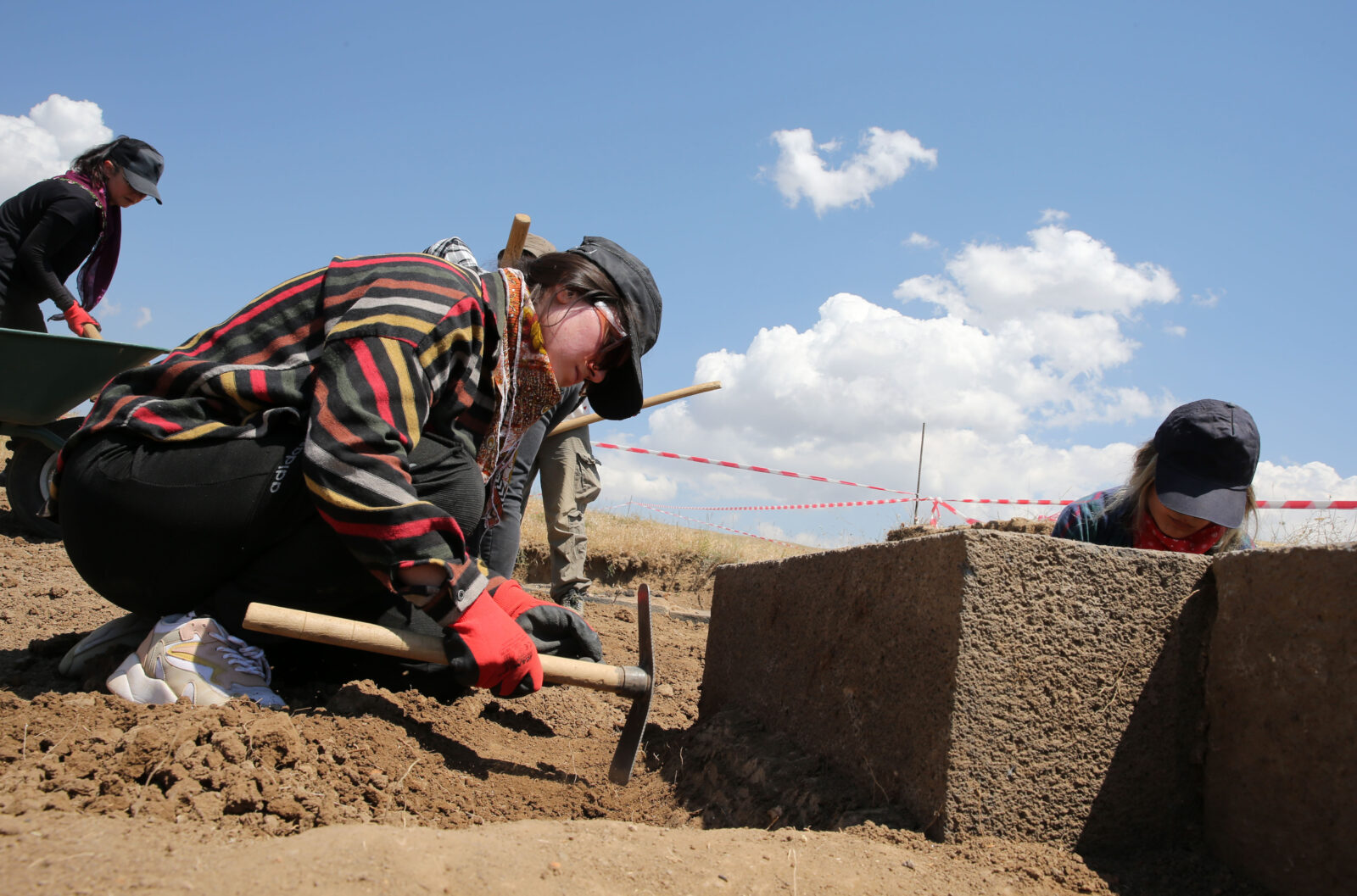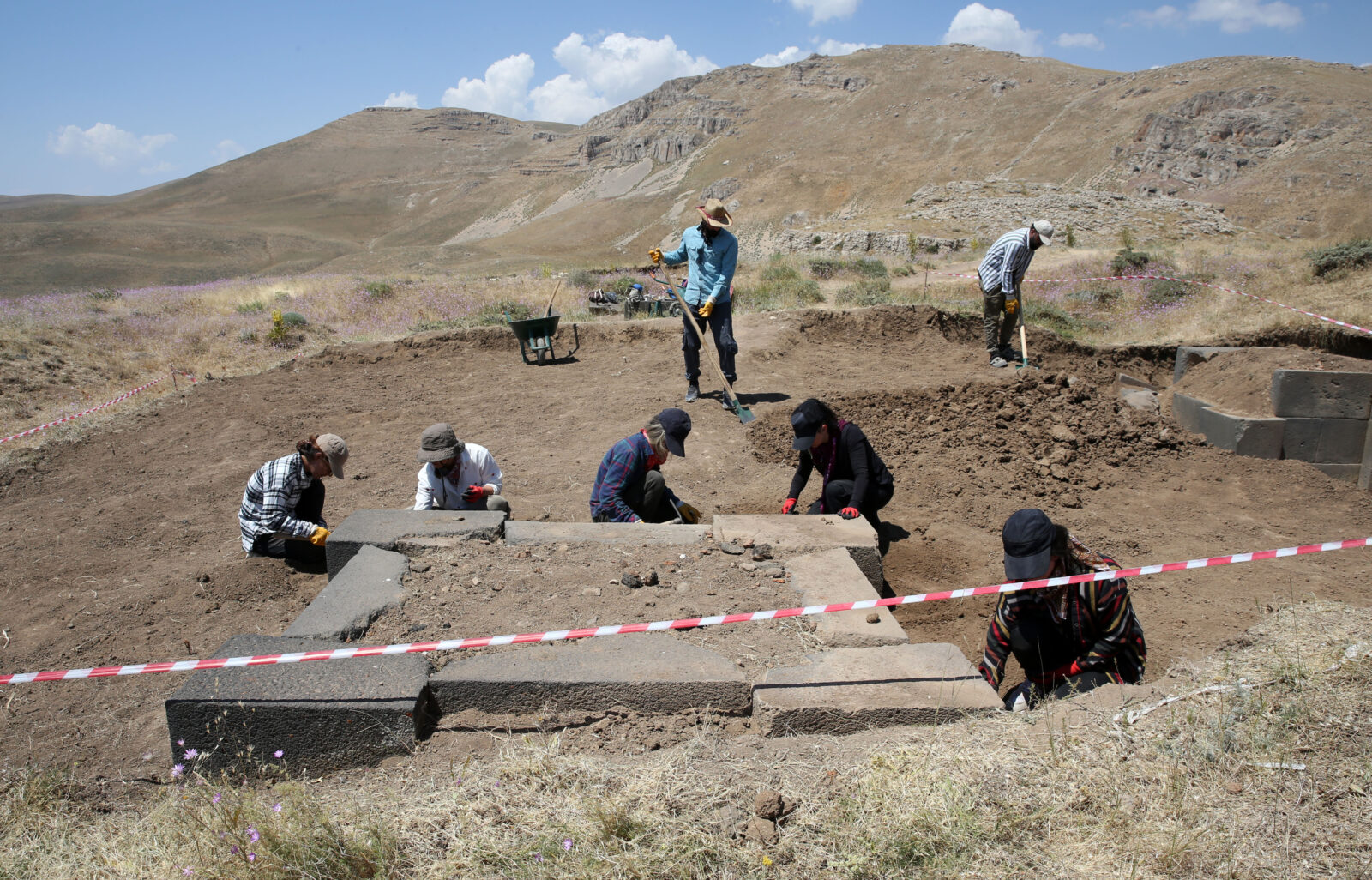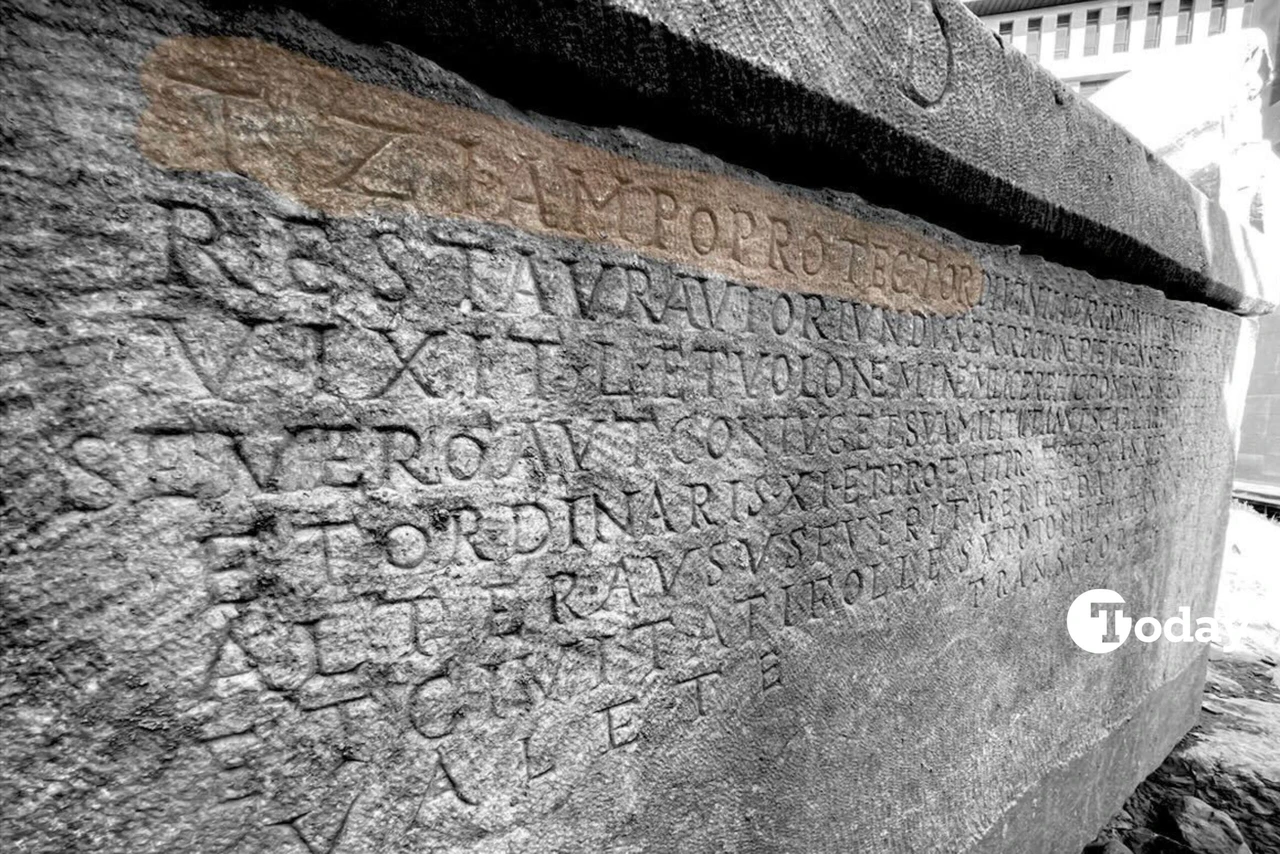Ancient secrets unearthed with stunning discoveries at Türkiye’s Urartian Fortress
 New discoveries unearthed at the Urartian Fortress in Bitlis, Türkiye, August 18, 2024 (AA Photo)
New discoveries unearthed at the Urartian Fortress in Bitlis, Türkiye, August 18, 2024 (AA Photo)
Archaeological excavations at the ancient Kef Fortress in the Adilcevaz district of Bitlis, built by Urartian King Rusa II at an elevation of 2,300 meters, have uncovered new artifacts that shed light on Urartian history.
The ongoing excavations, led by Associate professor Ismail Coskun from the Archaeology Department of Van Yuzuncu Yil University (YYU), are conducted with permission from the Ministry of Culture and Tourism.
The latest discoveries include three elephant foot columns, flint and obsidian tools, ceramics and animal bones, found in the highest and largest section of the fortress.

Discoveries: Elephant foot columns, obsidian tools
The excavation team, focusing on the upper hall of the fortress this year, has unearthed additional elephant foot columns, flint and obsidian tools, numerous ceramics and animal bones.
Coskun noted the frequent discovery of “Urartian blue” paints and palace ceramics unique to the Urartian period in the area.
The use of basalt stones in the construction of Kef Fortress sets it apart as a unique Urartian structure.
Coskun explained that the basalt stones were likely sourced from Mount Suphan, which looms over the site.
The excavation is particularly challenging because of the fortress’s high altitude. Evidence of a massive fire, which left a 60-70 cm thick layer of ash in the hall, has also been uncovered.

Preserving, showcasing new find
Plans are underway to restore the collapsed elephant foot columns, enhancing the fortress’s appearance and attracting tourism.
Coskun emphasized the importance of these discoveries in deepening our understanding of Urartian history and contributing to the region’s cultural heritage.



